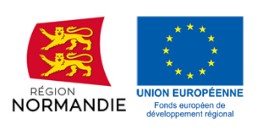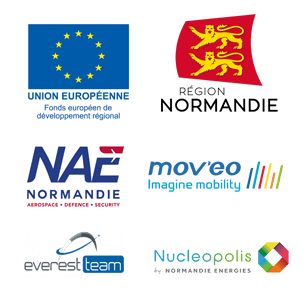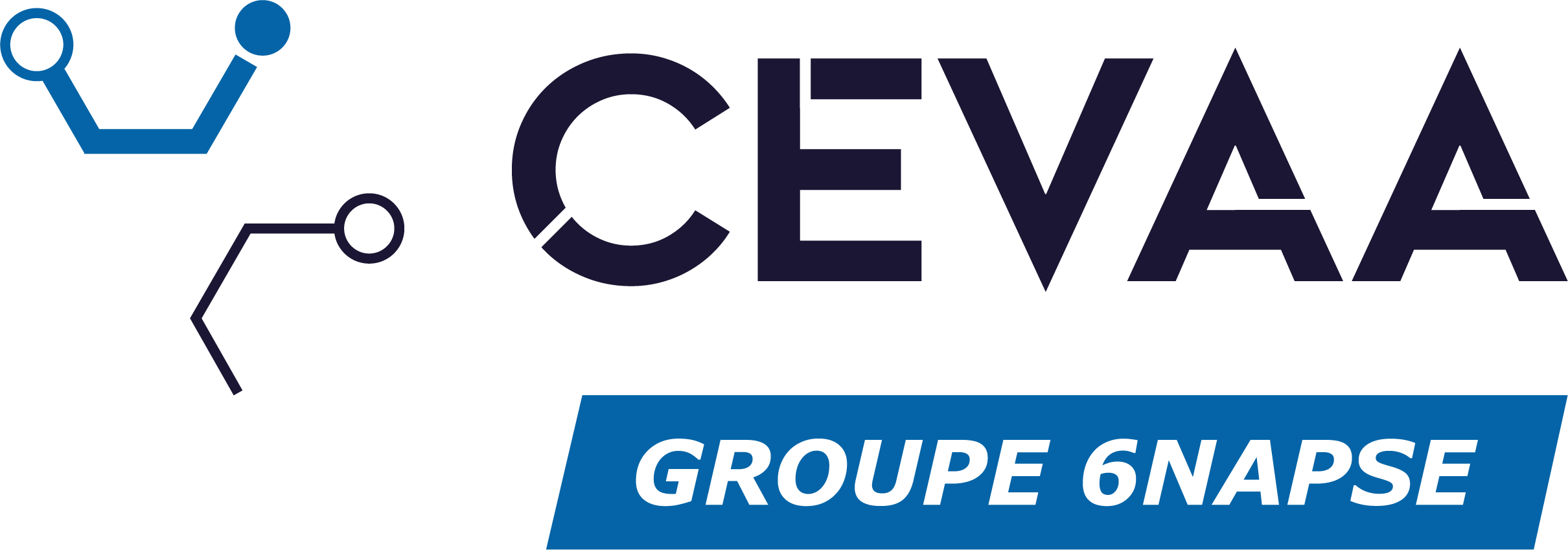CRIOS

CRIOS is a research project aimed at developing a miniature cooling solution for electronic components in harsh environments.

With the support of Normandy Region and European Union
This project is co-financed by the Normandy Region and the FEDER.
Thank them for their trust and their support.
CRIOS
CEVAA is part of the CRIOS project, which aims to develop a miniature cooling solution for electronic components in harsh environments.
Led by the Normandy SME AREELIS Technologies (76), this NAE-labelled project, supported by the Thales group, is co-financed by the Normandy Region and the FEDER Normandy Operational Programme. It brings together 5 other Normandy partners: GPM (University of Rouen) and LOFIMS (INSA Rouen), CEVAA, ANALYSES & SURFACE and the PROJACTION SME.
The objective of the CRIOS project is to carry out a proof of concept for the integration of existing Phase Change Materials (PCMs) into an electronic system/component to optimise its thermal behaviour during significant transient power demands.
Experimentation and numerical modeling
To achieve this objective, the CRIOS project plans to approach the development of this concept from two angles:
- Experimental modeling, which will demonstrate the integration of a phase change material on an electronic system/component and the characterization of this experimental model on a test bench in laboratory conditions. The thermal behavior of the experimental model will be evaluated on a mission profile and a system provided by THALES OPTRONIQUE. This model will be preceded by the design of test specimens to verify the “insulation” approach on the one hand and the “dissipation” on the other hand, the idea being to imagine, for the future and following the CRIOS project, the development of a thermal switch.
- These experiments will be preceded by numerical modeling, which will apply all the theoretical laws to the two test specimens and to the experimental model and to establish the concept’s efficiency thresholds and their evolution over time.
This project aims to achieve TRL 4 technological maturity.
This project culminated in late 2018 with a promising solution for the industry.
This project was supported by the Normandy Region et le the Operational Program FEDER Normandy.

